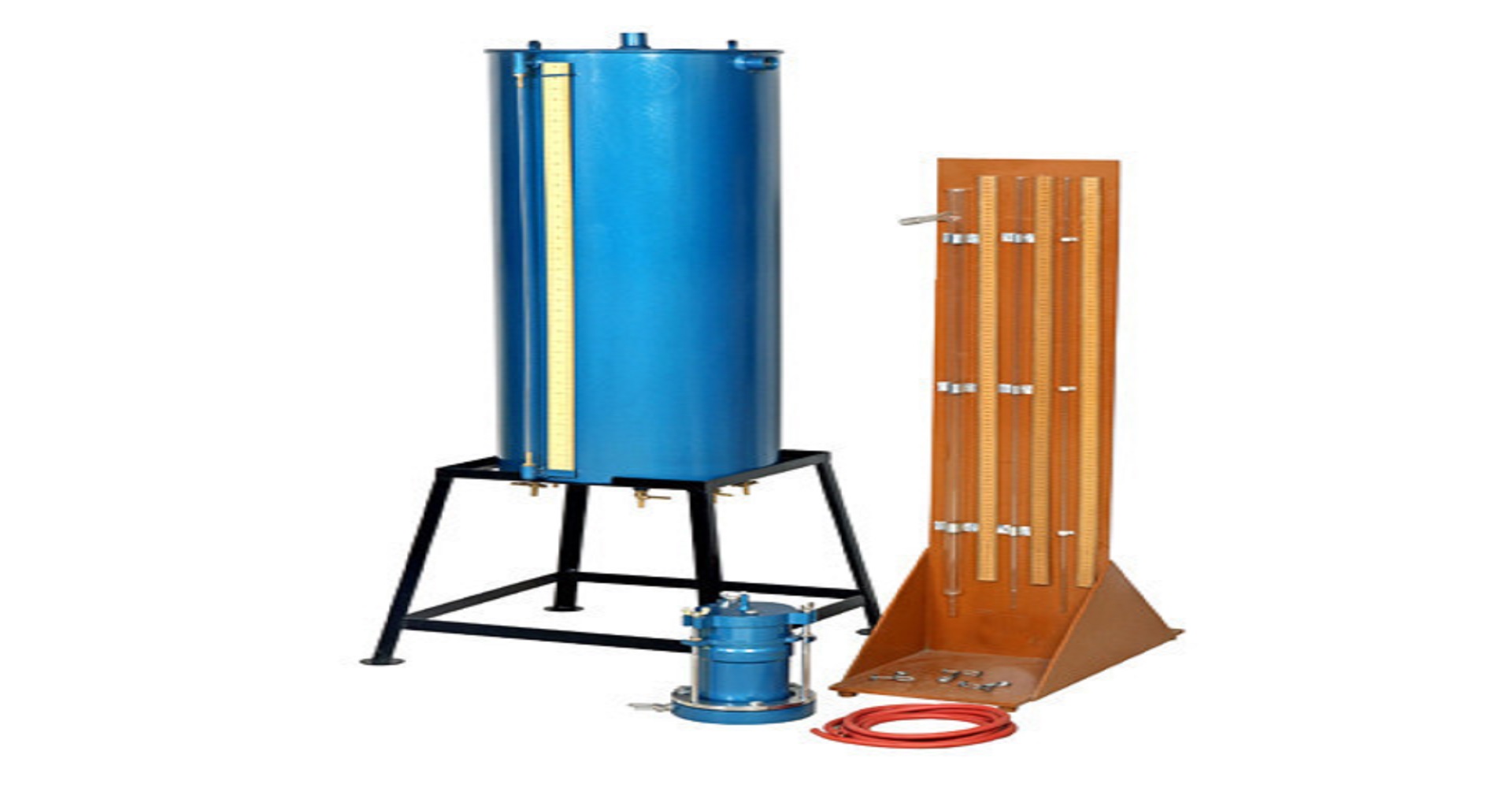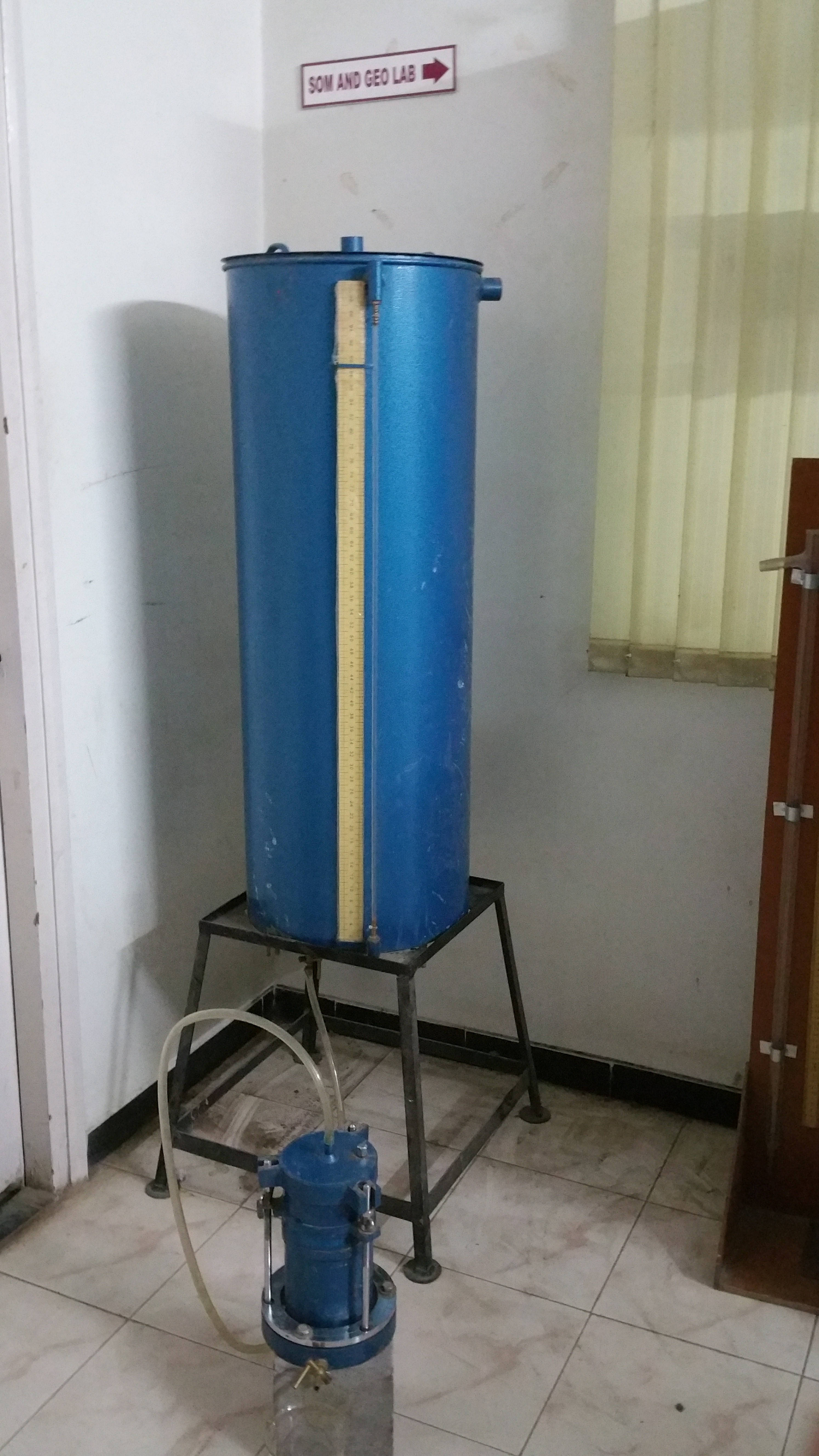Soil Permeability
The methods for laboratory determination of coefficient of permeability of soils using falling head and the constant head methods. This test is recommended for soils with coefficient of permeability in the range 10-3 to 10-7 cm/s and maximum particle size of 9.5 mm.
Objective - permeability test is to determine the coefficient of permeability (K) of a sample, which is defined as the rate of flow of water under laminar flow conditions through a porous medium area of unit cross section under unit hydraulic gradient.
Permeability can be expressed as the ease with which water can flow through soils. Coefficient of permeability helps in solving issues related to the:
1. Yield of water bearing strata.
2. Stability of earthen dams
3. Embankments of canal banks
4. Seepage in earthen dams
5. Settlement Issues
Contact Info
-
Nashik Office :
Plot No.4, Behind Shivaji Garden, Kanhere wadi, Nashik 422001. -
Surat Office :
59 + 60, Shree Rng Society, Near Sona Hotel, Opp. Pinak Hospital, Palanpur patiya, RAnder Road, Surat- 395 005 -
Aurangabad Office :
Plot No 43, Chikalthana Industrial area, Near SBI Bank, Aurangabad 431006. - prashant@civiltechindia.com
- 253 2599822 / 2509622 | 91 88886 16728


